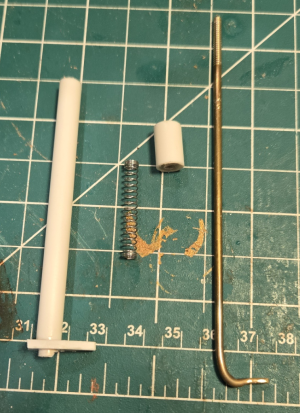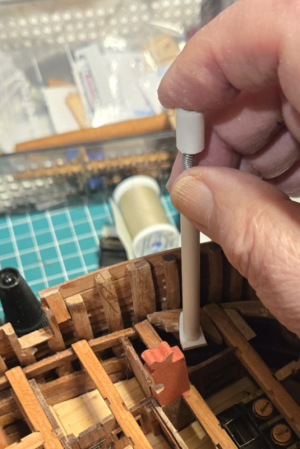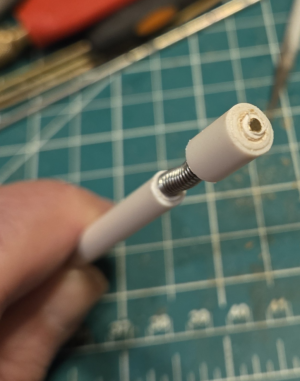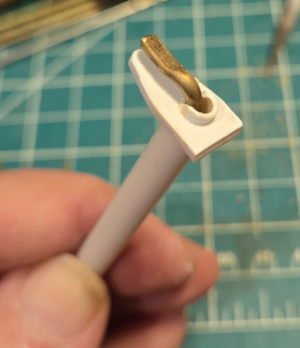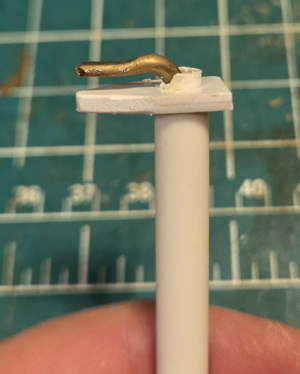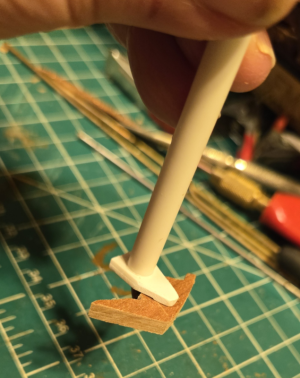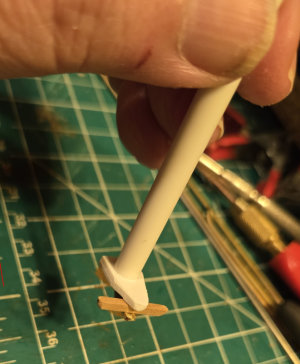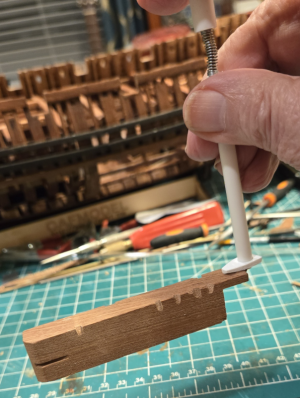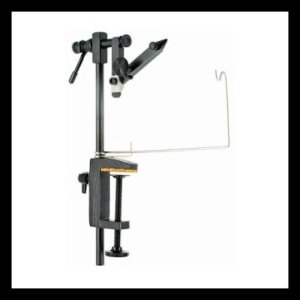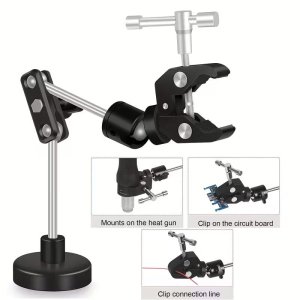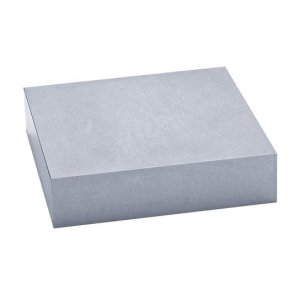I've run across this before, but I'm about to run across it many, many times with my current Granado build. How do I hold small parts, with glue on 2-3 surfaces, while inserting it into the proper location in a hull structure or other area? Like what I'm trying to do here:
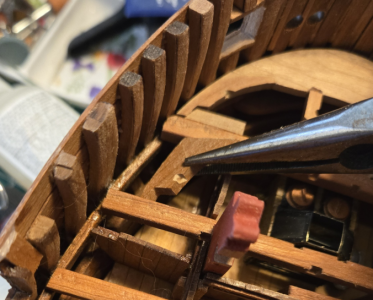
I can kind of get the piece in place, but of course it's at an angle instead of horizontal. I can't get my fat fingers in place to hold it, so need pliers or tweezers or something to do it. But, everything I have holds it an an angle. Bent end tweezers and pliers bend the wrong direction - sideways in the above picture. But to do it right, I need a tool or method to hold and position the piece in the exact position to secure it with glue. I've tried double-sided tape and sticky putty to no avail.
So, is there a tool or method I don't know about to do this? I'm certain this is a pretty common need in model ship building, so many/most of you have found some way of doing it. Please enlighten me!

I can kind of get the piece in place, but of course it's at an angle instead of horizontal. I can't get my fat fingers in place to hold it, so need pliers or tweezers or something to do it. But, everything I have holds it an an angle. Bent end tweezers and pliers bend the wrong direction - sideways in the above picture. But to do it right, I need a tool or method to hold and position the piece in the exact position to secure it with glue. I've tried double-sided tape and sticky putty to no avail.
So, is there a tool or method I don't know about to do this? I'm certain this is a pretty common need in model ship building, so many/most of you have found some way of doing it. Please enlighten me!






